Revolutionary Physics Discoveries of 2022
In 2022, there were several notable achievements in physics, including the demonstration of nuclear fusion, the capture of the deepest image of the universe, and the discovery that our current model of reality may be flawed.
Additionally, there were efforts to intentionally divert asteroids and various studies conducted on the microscopic world. Overall, it was a significant year for advancements in the field of physics.
Key Points
- Nuclear fusion was achieved at National Ignition Facility in California
- NASA successfully redirects the asteroid’s orbit with the DART spacecraft
- The experiment proposed to observe the Unruh effect and validate Hawking’s prediction
- Researchers use a quantum computer to simulate holographic wormhole
- James Webb Space Telescope captures the deepest and most detailed image of the universe
- Large Hadron Collider recreates the universe one hundred billionths of a second after the Big Bang and discovers X particle
- Efforts to explore the microscopic world, including super-resolution microscopes and a new method for measuring nanoparticle size
- Some physicists believe the current model of reality may be flawed due to particles existing in two places at once and the universe existing in multiple states simultaneously.
Nuclear fusion reaches ignition
Scientists at the National Ignition Facility in California used the world’s most powerful laser to achieve nuclear fusion, producing more energy than was put in. This has been seen as a significant step towards the goal of producing nearly limitless, clean energy through nuclear fusion.
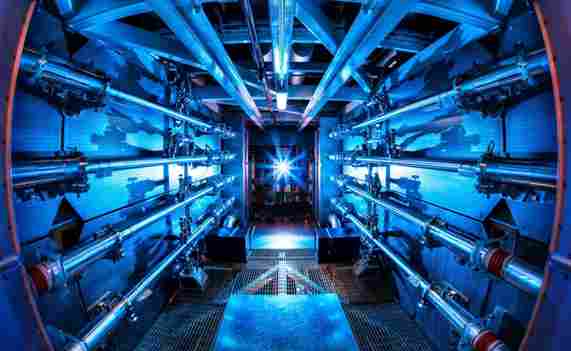
A new experimental fusion reactor called the National Ignition Facility (NIF) has been able to generate more energy from plasma than the energy required to initiate the fusion reaction. However, the laser-confinement method used by the NIF will be difficult to scale up and it may be decades before commercial fusion reactors are available.
While fusion power may not be an immediate solution to the climate crisis, the recent progress is still promising.
A plasma soup gives rise to a primordial particle from the beginning of time
Physicists at the Large Hadron Collider were able to recreate the universe one hundred billionths of a second after the Big Bang by smashing together lead ions, creating a quark-gluon plasma. In this plasma soup, they found the X particle, which is short-lived and decays almost instantly into other particles.
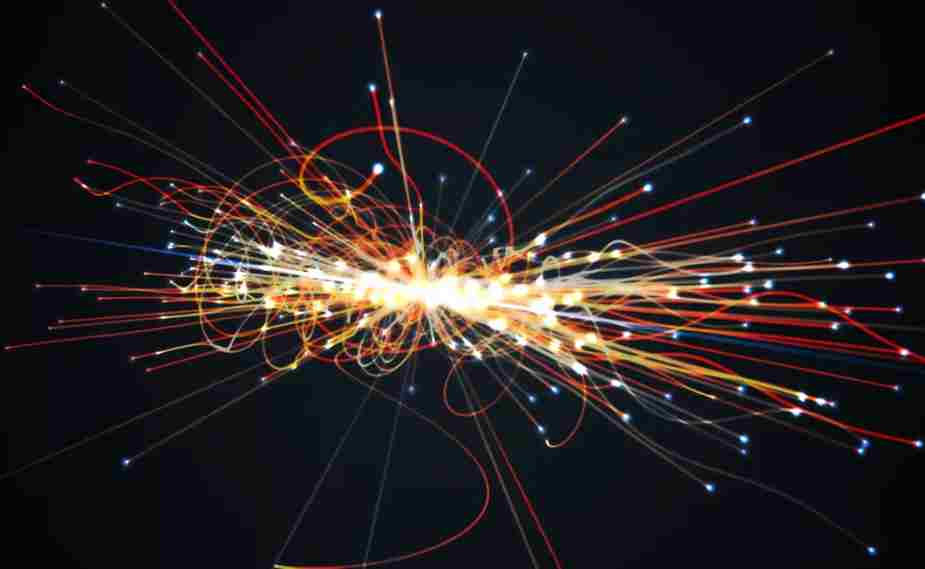
Researchers are now trying to determine the structure of the X particle, which they believe may contain four quarks bound together in an unknown way. To do so, they will need to create more plasma soup.
NASA intentionally slams into an asteroid to reroute it
NASA successfully redirected an asteroid’s orbit with its Double Asteroid Redirection Test (DART) spacecraft in September. The probe was able to change the orbit of the asteroid Dimorphos around its larger partner by 32 minutes, exceeding its original goal of 73 seconds.
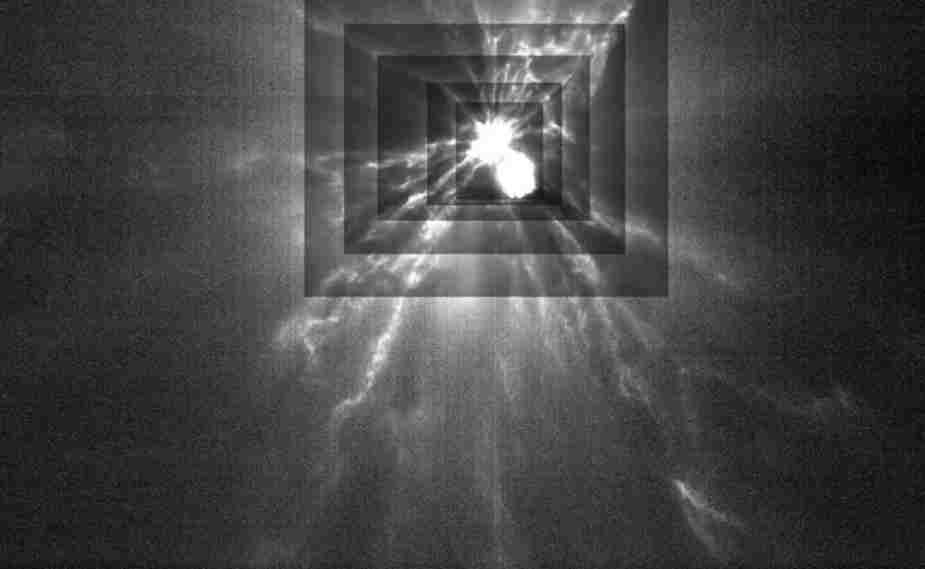
This marks the first time humans have successfully prevented an asteroid from potentially hitting Earth. China also plans to redirect an asteroid in 2026 by crashing 23 of its Long March 5 rockets into the asteroid Bennu, which has a 1-in-1,750 chance of hitting Earth within the next 300 years.
An effort to make atoms invisible using a warp drive might validate a famous Stephen Hawking prediction.
Physicists are proposing a tabletop experiment to accelerate an electron to light speeds and bathe it in microwave photons in order to observe the Unruh effect, which is related to the Hawking effect and the theory of quantum gravity.
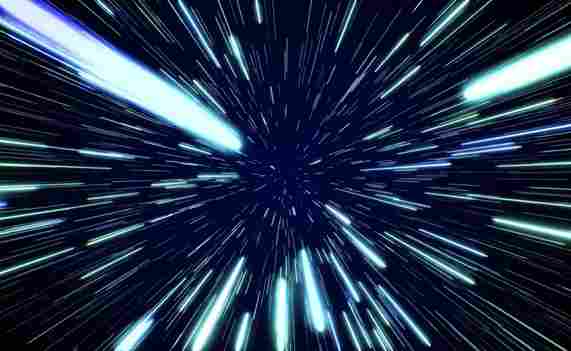
This experiment will use a technique called acceleration-induced transparency to stimulate the effect by making the electron invisible while bathing the vacuum around it with a microwave beam. The goal is to see the hypothetical creation of virtual particles in the surrounding vacuum.
Researchers transmit data using the first holographic wormhole simulation.
Physicists used Google’s Sycamore 2 quantum computer to simulate the creation of a holographic wormhole and transport information through it using quantum entanglement.
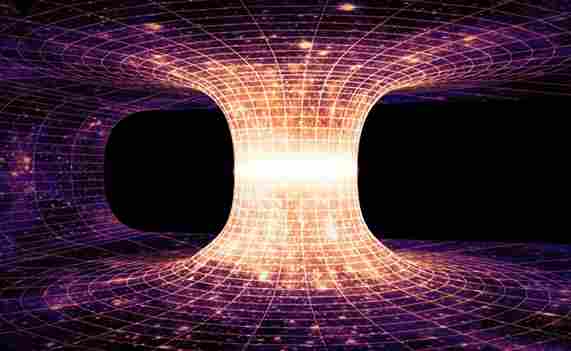
The experiment was done using just nine qubits on the chip, and the success of the experiment has created a new system that could be used to test the intersection of quantum mechanics and gravity and potentially determine if the universe is a hologram.
Astronomers discover a thermonuclear explosion that was so large that it required a new category.
Astronomers observed a massive explosion, known as a hyper burst, in a dead star on the edge of the Milky Way in 2011. The explosion was caused by gas from a companion star impacting the surface of the neutron star, causing a runaway chain reaction of fusion in the star’s core.
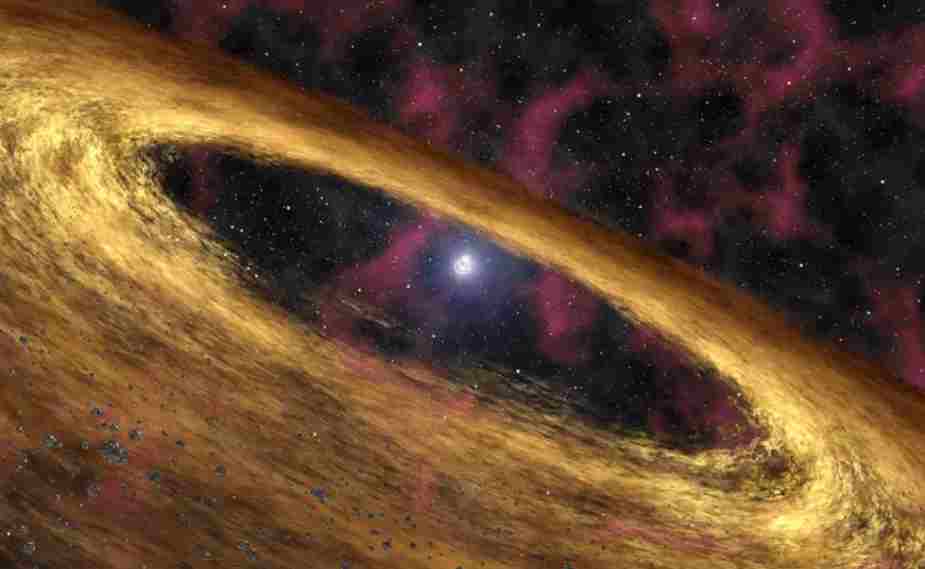
This resulted in the most powerful explosion ever detected in a neutron star, releasing more energy in three minutes than the sun does in 800 years. The conditions for hyper bursts are rare and it is unlikely that astronomers will see another one in their lifetimes, but they will continue to study the system to learn more about the explosion.
Particle scientists attempt to defy physics once more.
Fermi lab in Illinois conducted an experiment to measure the mass of the W boson, which is a fundamental particle and force carrier for the weak nuclear force. The result was heavier than what is predicted by the Standard Model, the current model of reality for subatomic particles.
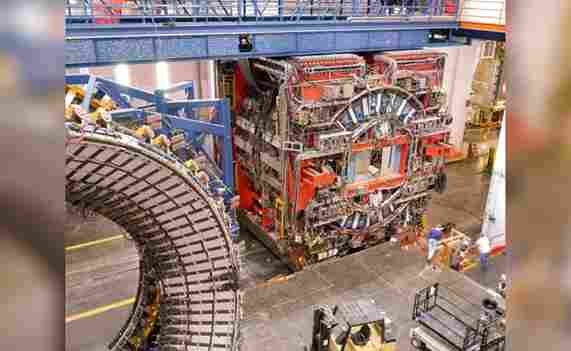
If the result is confirmed, it could potentially lead to new discoveries in physics and potentially change the current understanding of the laws of the universe. Further research and confirmation will be conducted in 2023.
The cosmos has been photographed in its deepest and most detailed state
NASA has unveiled the first full-color image captured by the James Webb Space Telescope, known as “Webb’s First Deep Field.” The image is the most detailed and deepest picture of the universe ever taken, showing a dense collection of galaxies that formed and began flickering with light during the early stages of the universe.

The light from these galaxies has been warped by the gravitational pull of a galaxy cluster through a process called gravitational lensing, allowing even fainter light to come into focus. Despite the large number of galaxies shown in the image, it only represents a small portion of the sky.



Leave a Reply